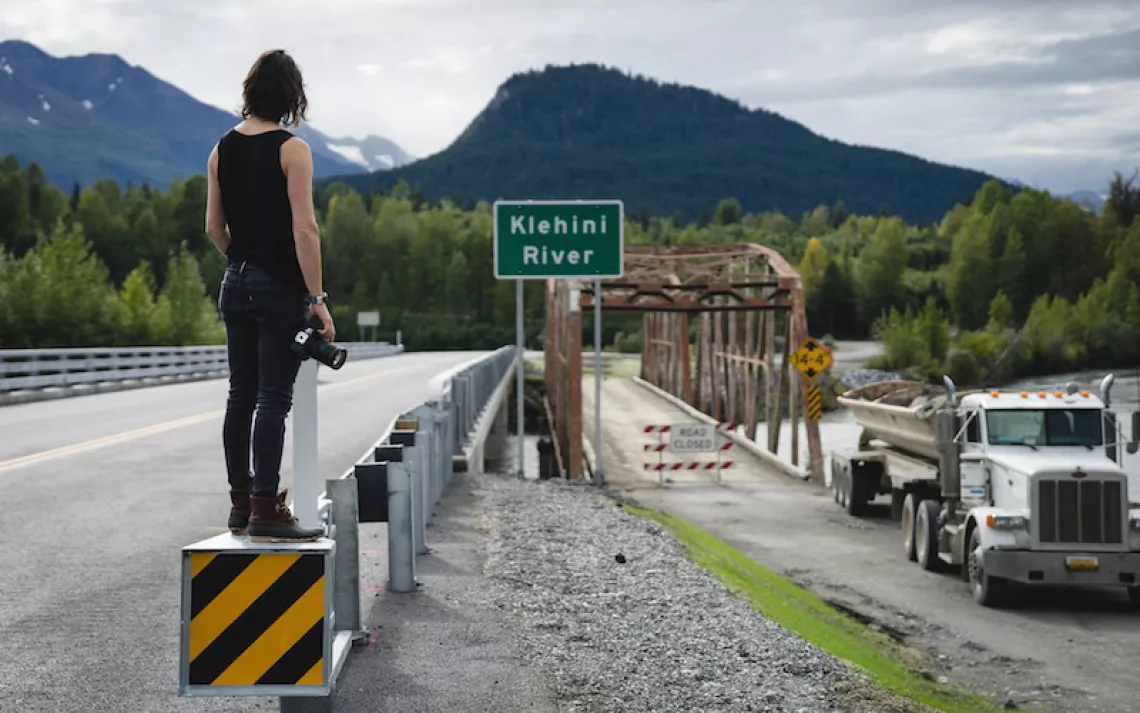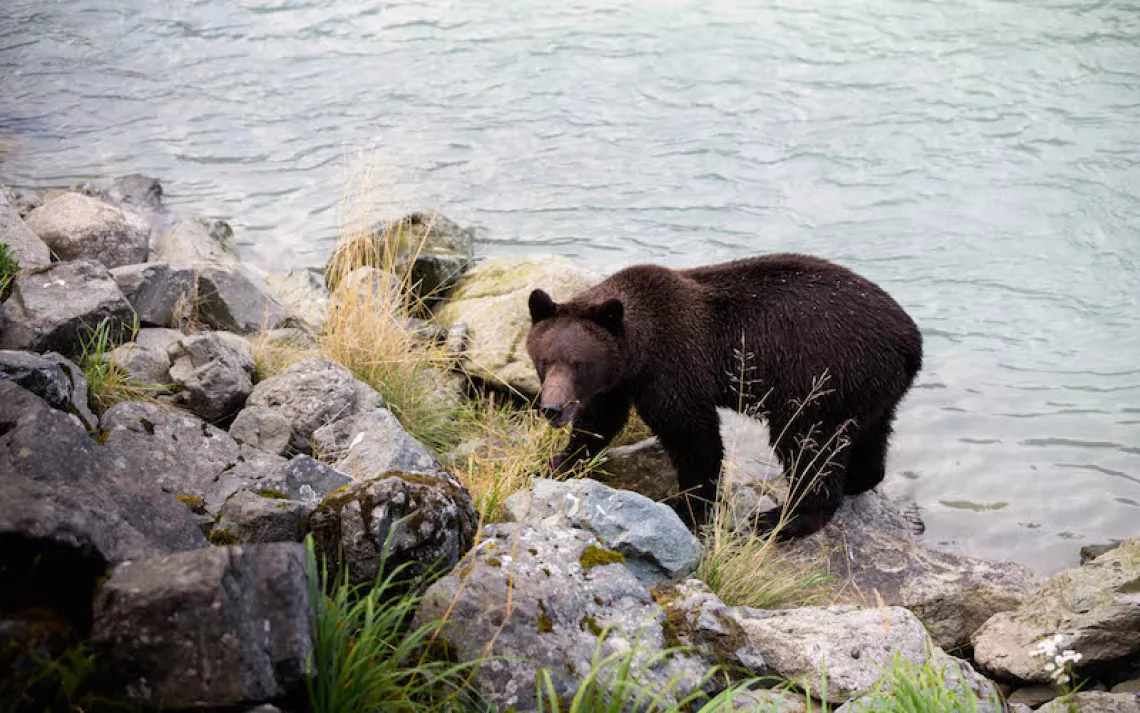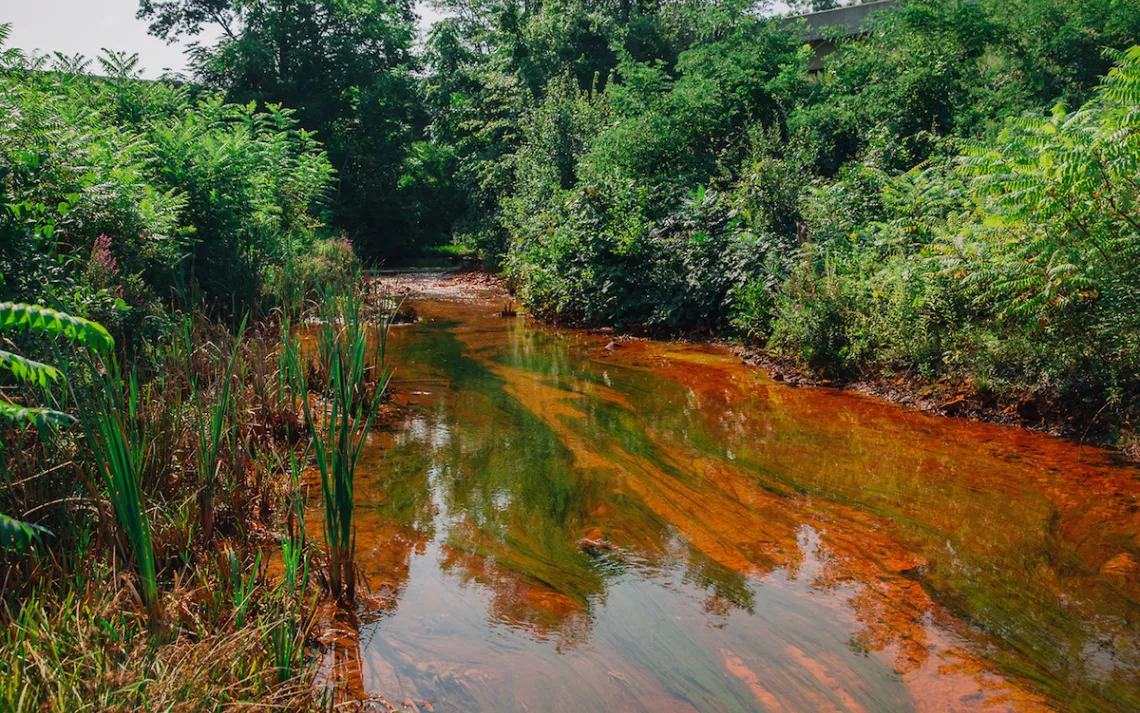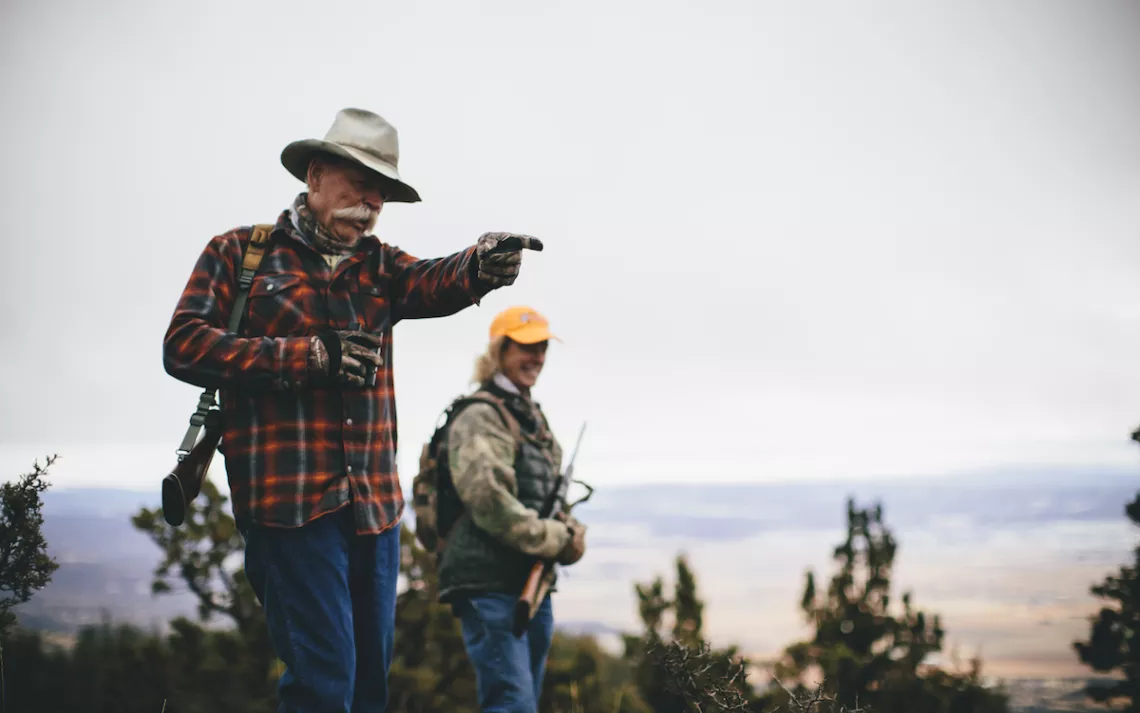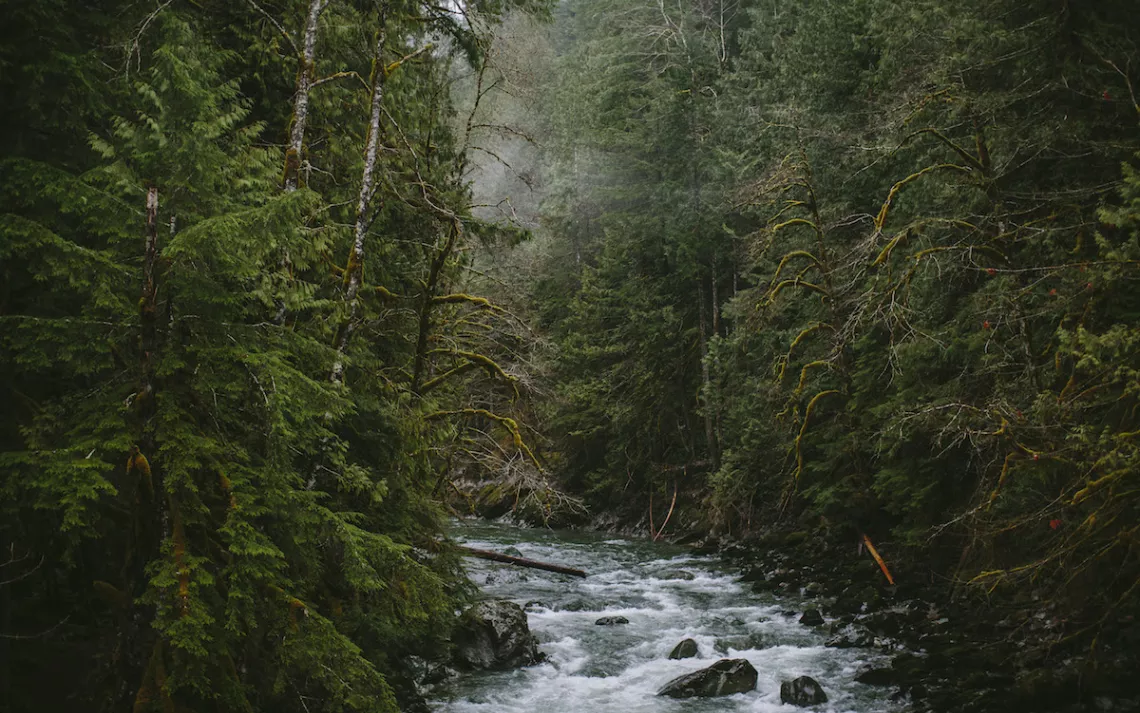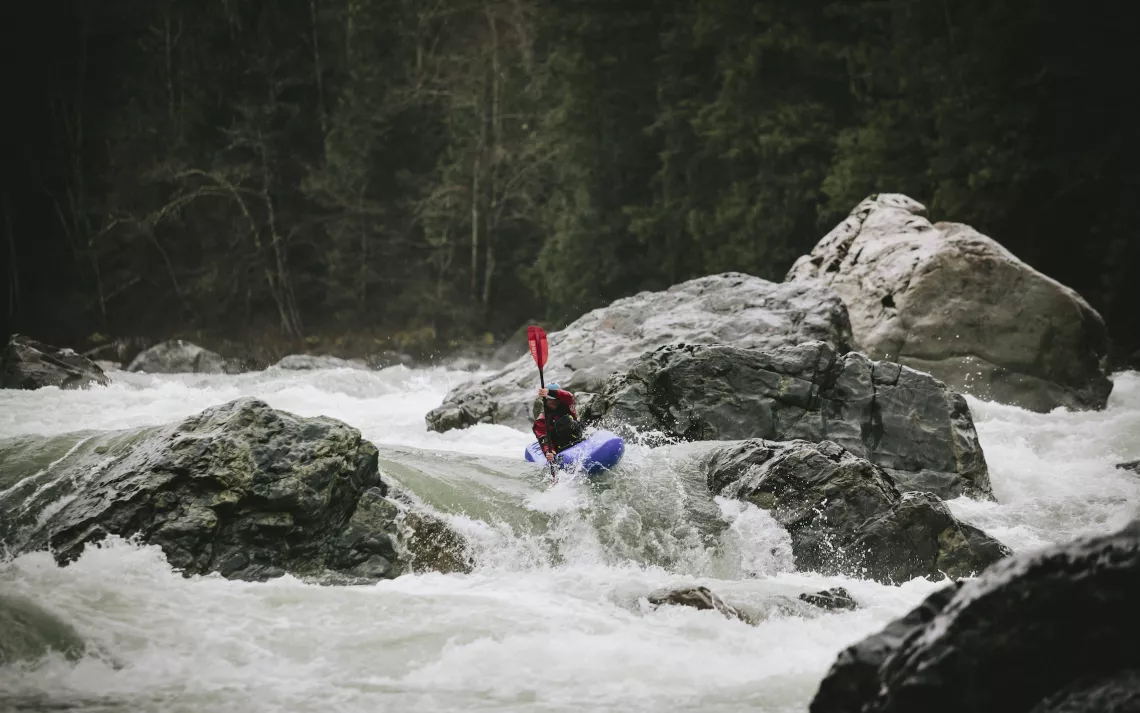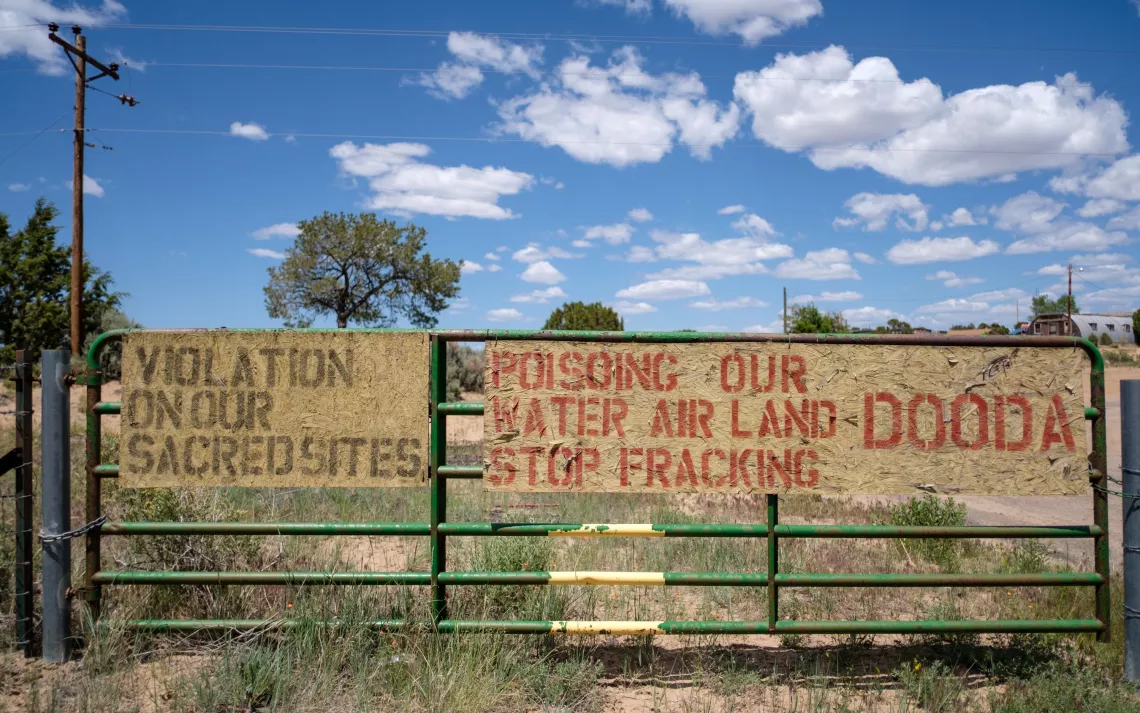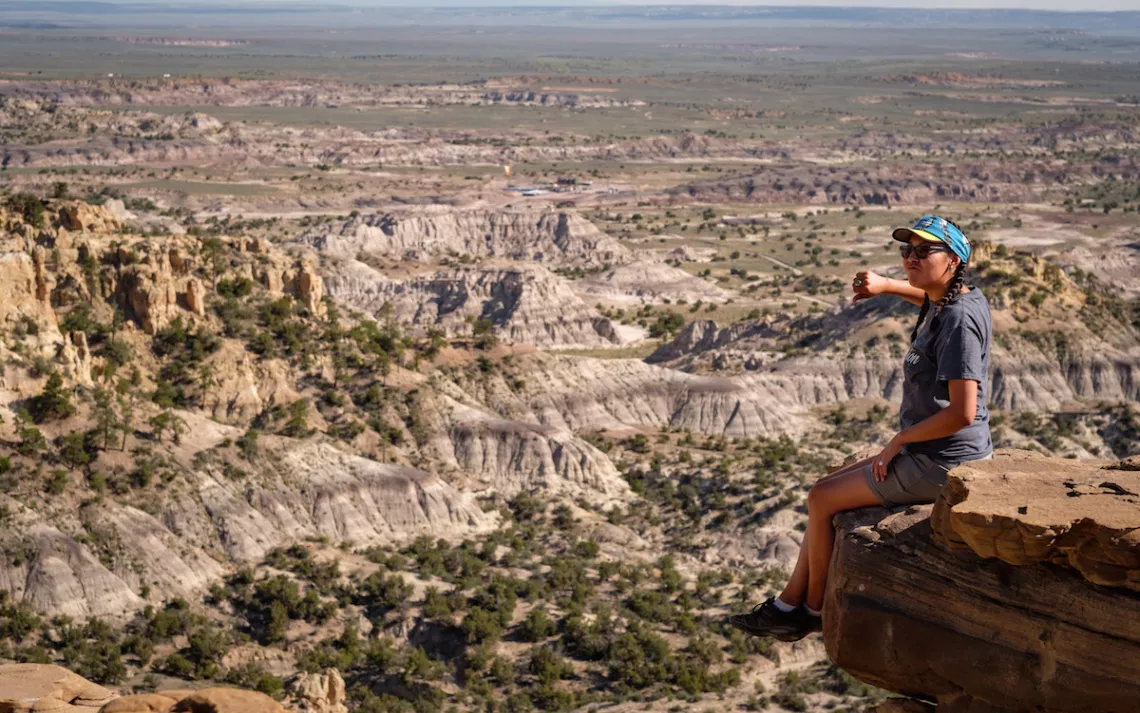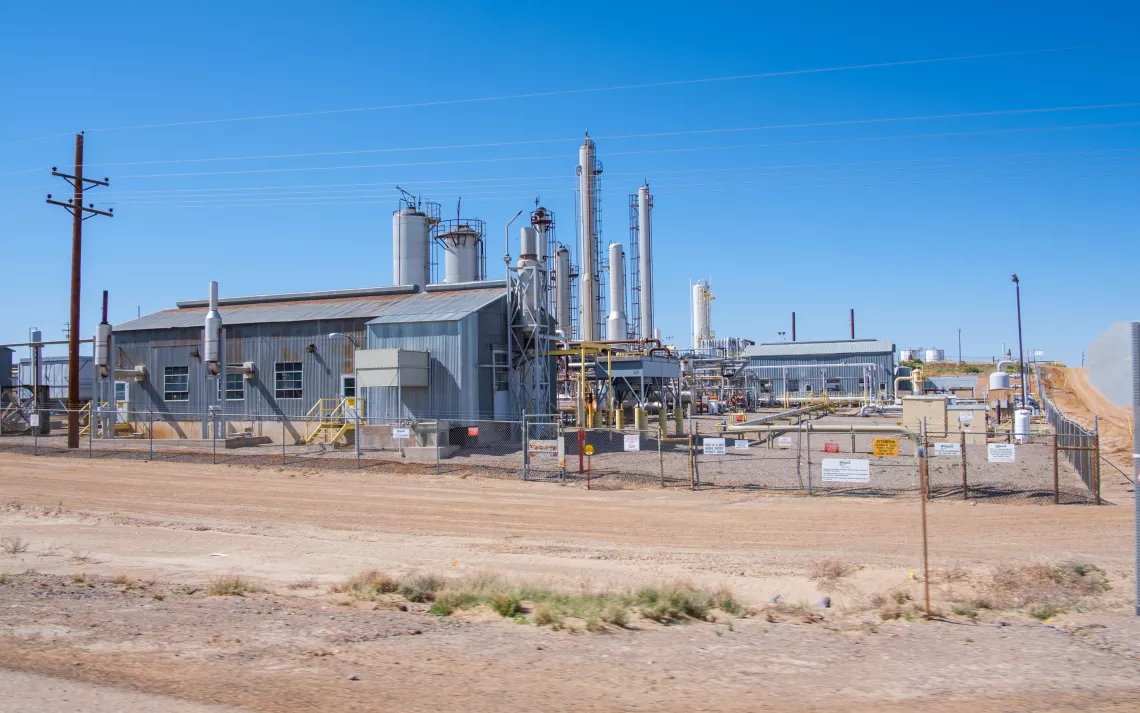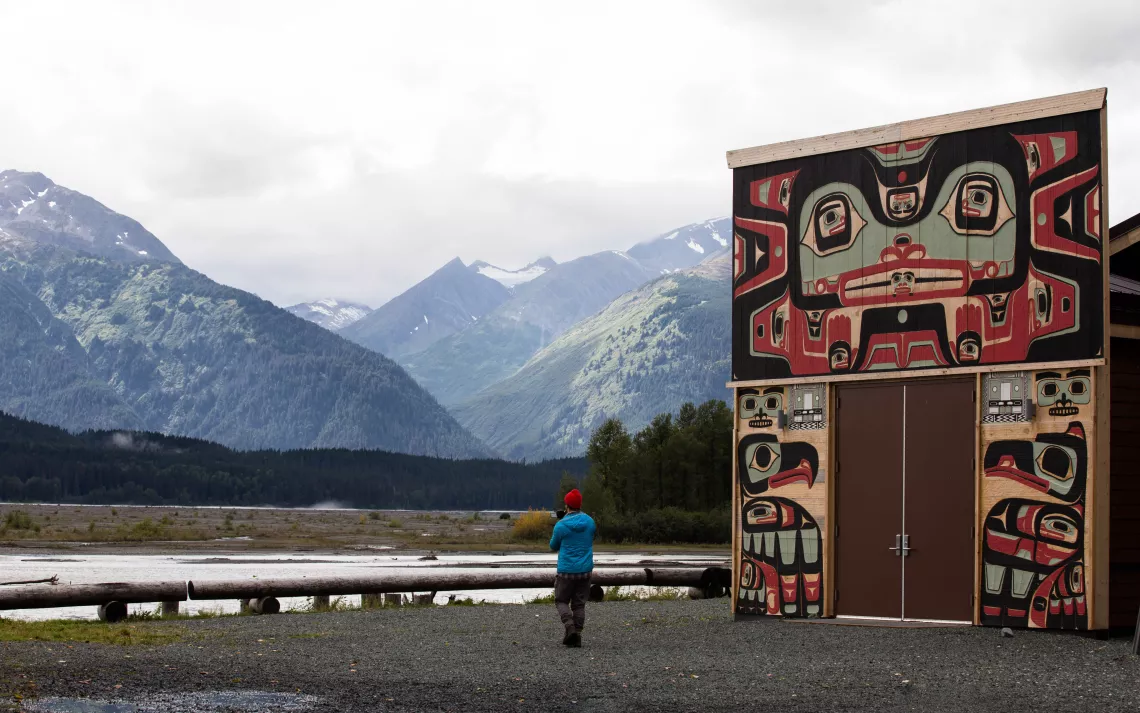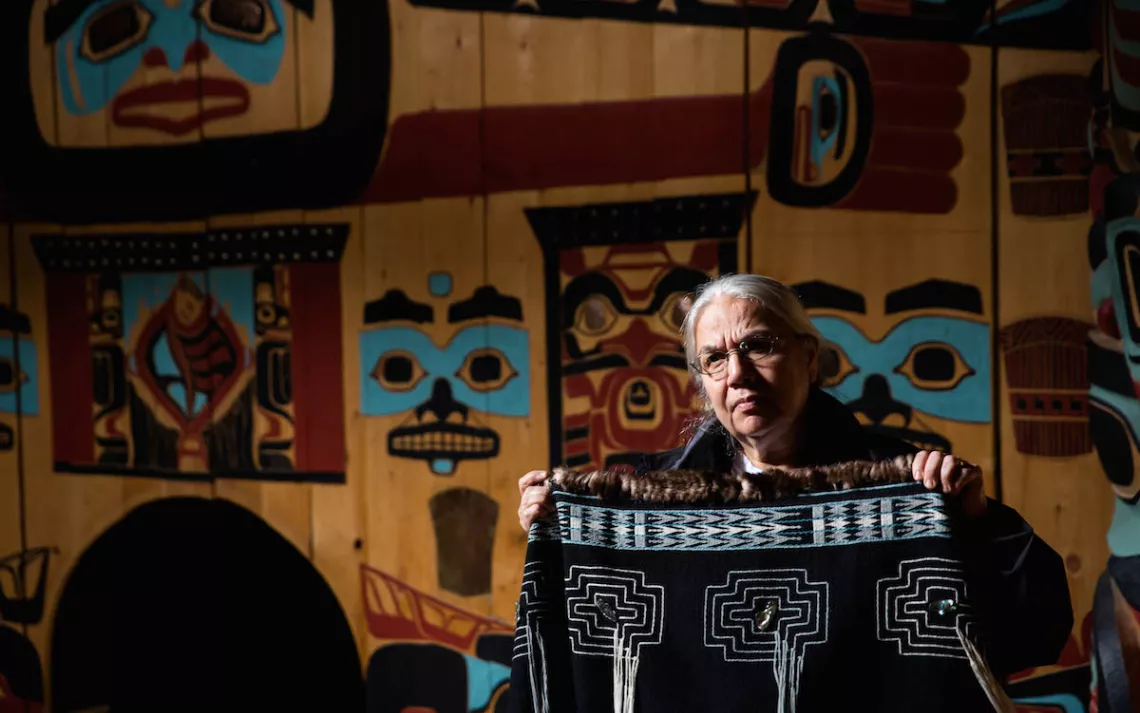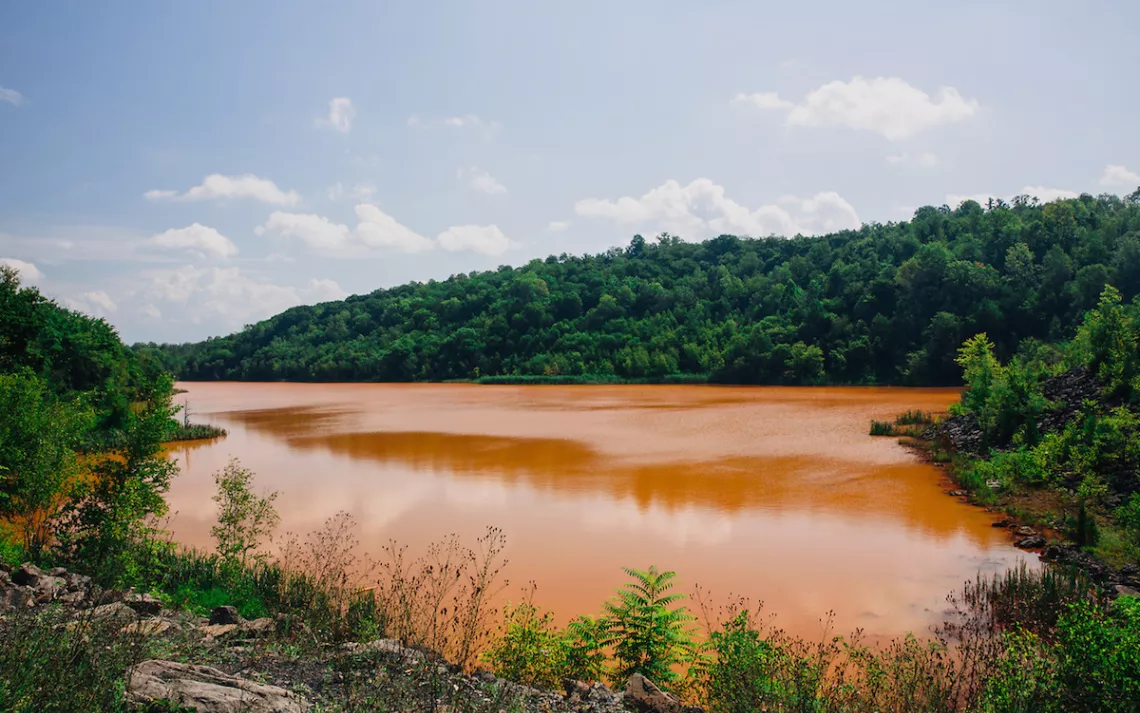“Give a Shot” Matches Photographers With Cash-Strapped Conservation Groups: A Slideshow
Inside the platform's matchmaking magic
Last winter, Annie Nyborg was at a conference for photographers when a new idea came into focus. “In the wake of the Trump election, they were all talking about wanting to do something positive, and at the same time I was hearing about conservation nonprofits that couldn’t afford to pay for professional images.”
One month later, Nyborg, the corporate responsibility director for San Francisco camera-bag company Peak Design, launched Give a Shot, a web platform that connects grassroots conservation groups with photographers willing to “give a shot”; in other words, to shoot or provide images.
The process is straightforward: Nonprofits post details of projects they need visually documented, and photographers browse through (filters allow them to search close to home). When they spot an appealing match, they apply to help. In Give a Shot’s first week, 120 photographers were matched with cash-strapped conservation groups. “The immediate flood of interest was so heartwarming,” says Nyborg, who now spends one-third of her work time managing the web platform.
A former professional photographer, Nyborg approves matches only after vetting photographers’ online portfolios or Instagram images. “Applicants include both professionals and hobbyists, so we want to be sure their work will benefit the organizations,” she says. She also ensures that participating conservation groups meet certain standards of effectiveness and accountability, by ensuring they’re affiliated with either 1 Percent for the Planet (several Sierra Club chapters are members) or the Conservation Alliance.
In the 11 months since Give a Shot’s launch, 502 matches have connected photographers to 178 projects; 122 nonprofits in 34 states and 17 countries have submitted requests. Photographers’ images are used in a variety of ways—on websites and social media, and in brochures, grant proposals, and annual reports. Videographers and filmmakers have also pitched in to give a shot.
Engineer and part-time photographer Parikha Mehta’s match with the Eastern Pennsylvania Coalition for Abandoned Mine Reclamation is typical. She shot images (pictured in the slideshow, above) of mining-damaged land and water for the coalition’s posters and social-media channels. “I was already on a search for ways to give back locally through photography, so I could tell it would be a good fit,” she says. “Images can grab a person’s attention more than text, so hopefully the photos will bring the group more visibility, especially among legislators who may be too preoccupied to go out and assess the area firsthand.”
Generosity is the main motivation for Mehta and Give a Shot’s other volunteer photographers, but as an added incentive, participants are gifted Peak Design gift cards of $25 to $150 (the amount depends on the scope of the project). A few photographers and filmmakers have also received stipends and travel expenses, funded by Peak Design, for major projects.
The first such recipient was Joel Caldwell, a New York City–based expedition photographer, who shot images for five conservation groups in the western United States through Give a Shot, depicting kayakers, fishermen, and hunters for Washington Wild and Oregon Wild. Not long afterward, Texas photographer Rob Zeigler received Give a Shot funding to take photos showing archaeologically significant lands threatened by fracking in New Mexico’s greater Chaco region for the San Juan Citizens Alliance.
After receiving a project application from the Southeast Alaska Conservation Council (SEACC), Nyborg couldn’t resist dusting off her camera and giving her own platform a shot. Along with a videographer and three photojournalists, she flew up to Juneau last summer to document SEACC’s protracted efforts to block a proposed gold and silver mining operation that could threaten native salmon, eagles, and other species in the fragile ecosystem of the Chilkat and Klehini Rivers.
“SEACC was really resource-strapped and needed visual content for its website and social-media efforts,” she says. The group hiked to the mining company’s laydown yard to capture images of a helicopter shuttling drill-hole core samples down from the proposed mine site, high in the mountains. They also crossed paths with two men working on a documentary about the harm mining inflicts on the Tlingit people in Southeast Alaska, prompting Nyborg to later provide a grant that allowed them to finish the film Irreparable Harm, which is showing this month at the Wild & Scenic Film Festival.
Some Give a Shot matches don’t even require any shooting on photographers’ parts—just giving. “Many of them have hard drives full of images that never see the light of day, and they’re happy to share them with organizations that can put them to good use,” says Nyborg. Photographer Jamie West-McGiver of Lake Placid, New York, for instance, had thousands of stock images of Adirondack Park that she happily shared with the Adirondack Council, which advocates for protection of the New Hampshire–size park.
“We have so many photographers interested already,” Nyborg says. “Our biggest challenge has been getting the word out to grassroots environmental nonprofits. Many still haven’t heard of the platform, but when they find out about it, they’re thrilled.”
 The Magazine of The Sierra Club
The Magazine of The Sierra Club
